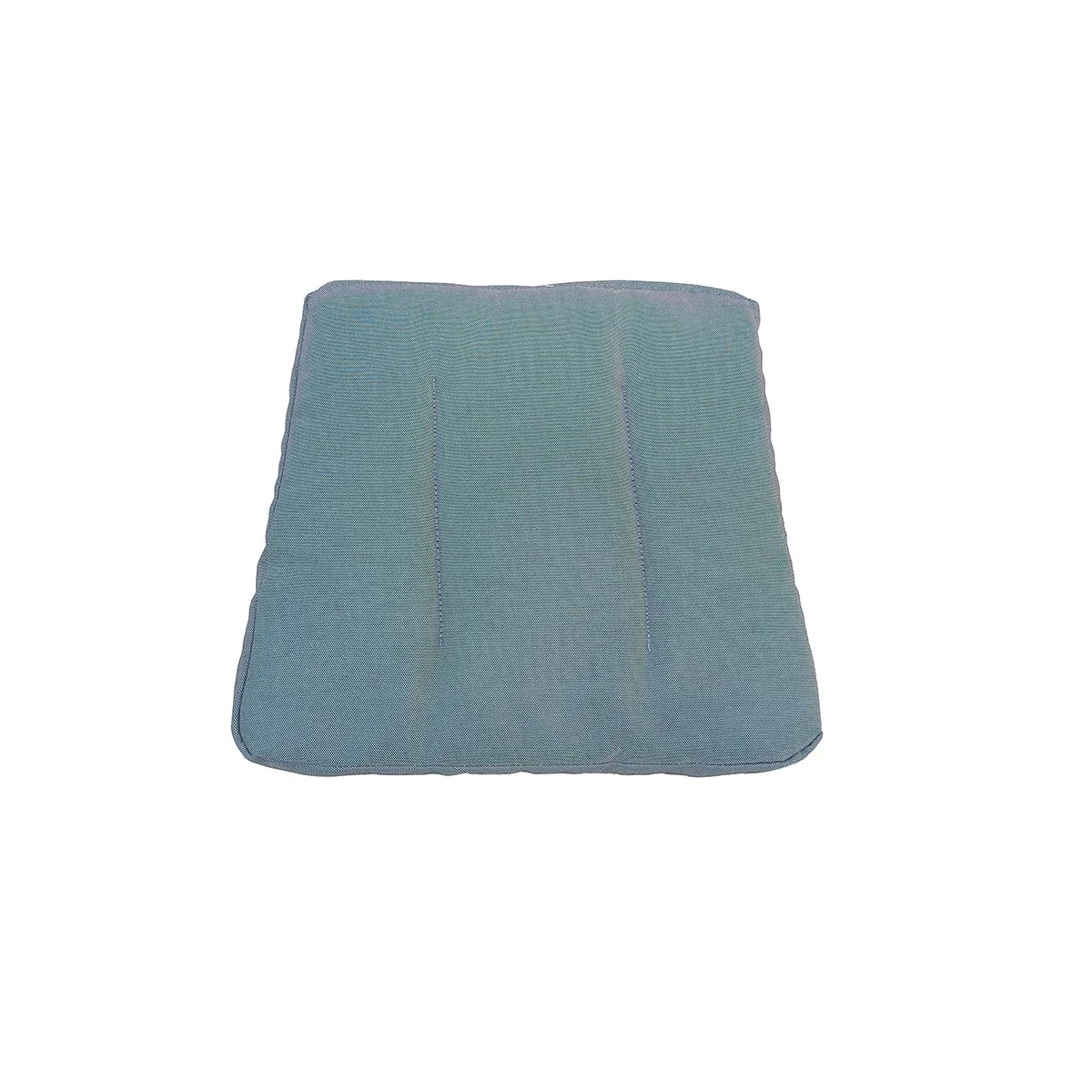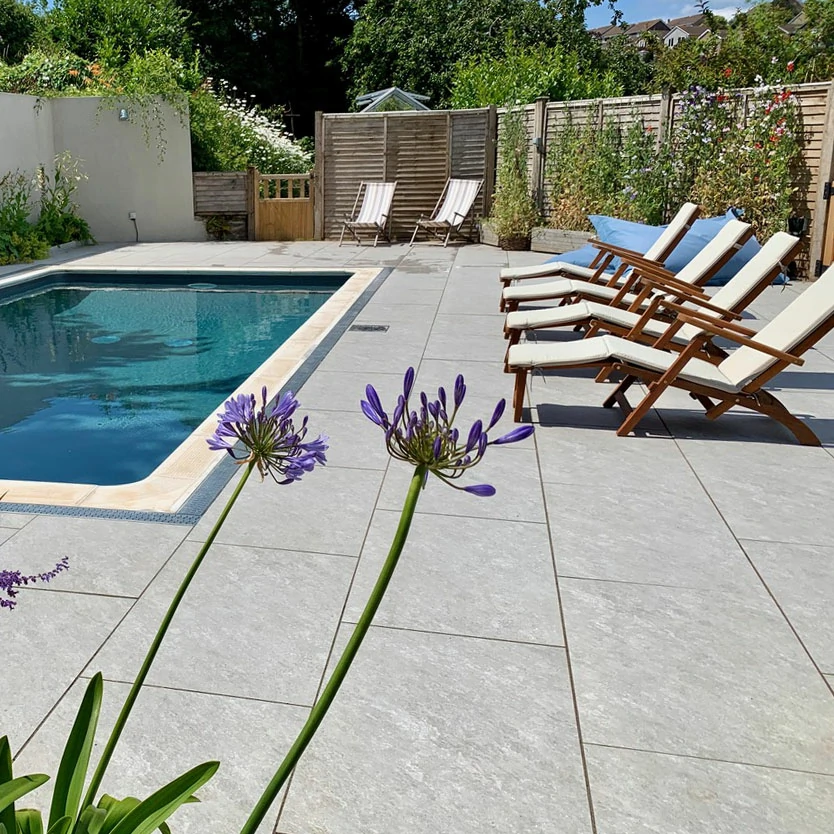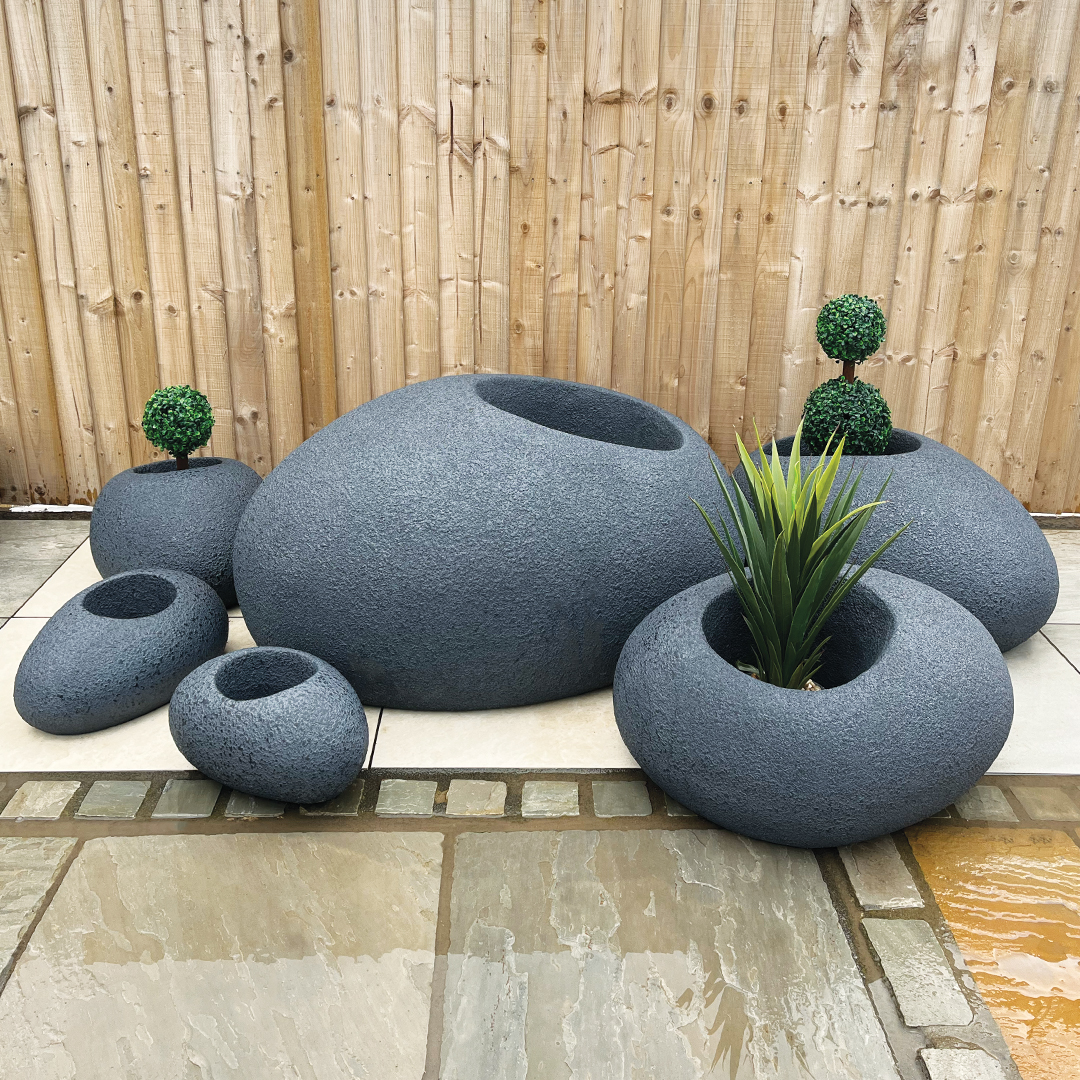404
This page isn’t laid properly - must’ve missed the pointing!
But your perfect patio is just a click away.
Explore our most-loved categories below and get back on track with your project
P.S. No paving slabs were harmed in the making of this 404 page.




.webp)













)

,https://youtu.be/XJYuVCZL7XQ?si=L_zdtp-xVkGQktmR)

.webp)











.webp)






